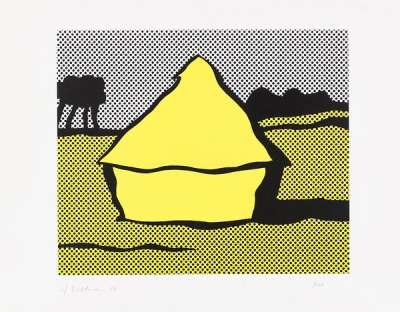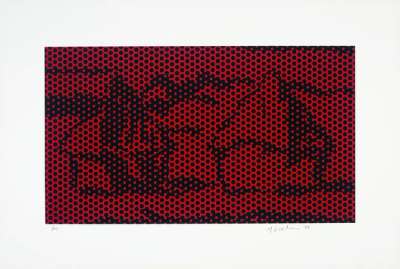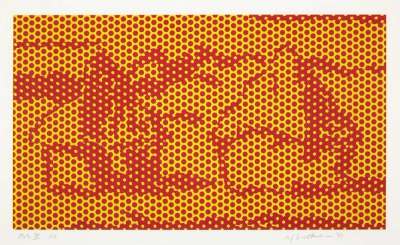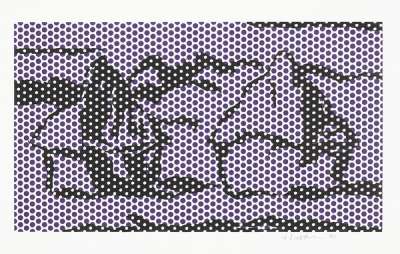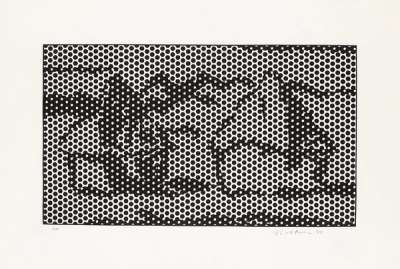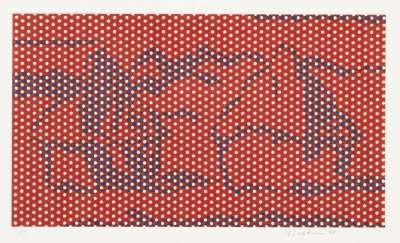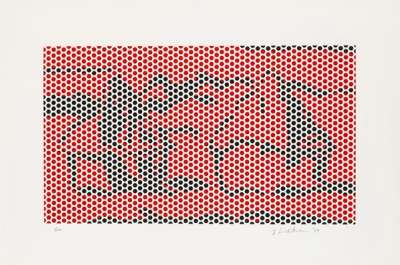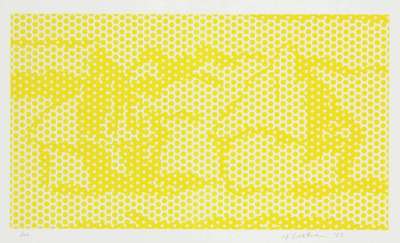
Haystack #4
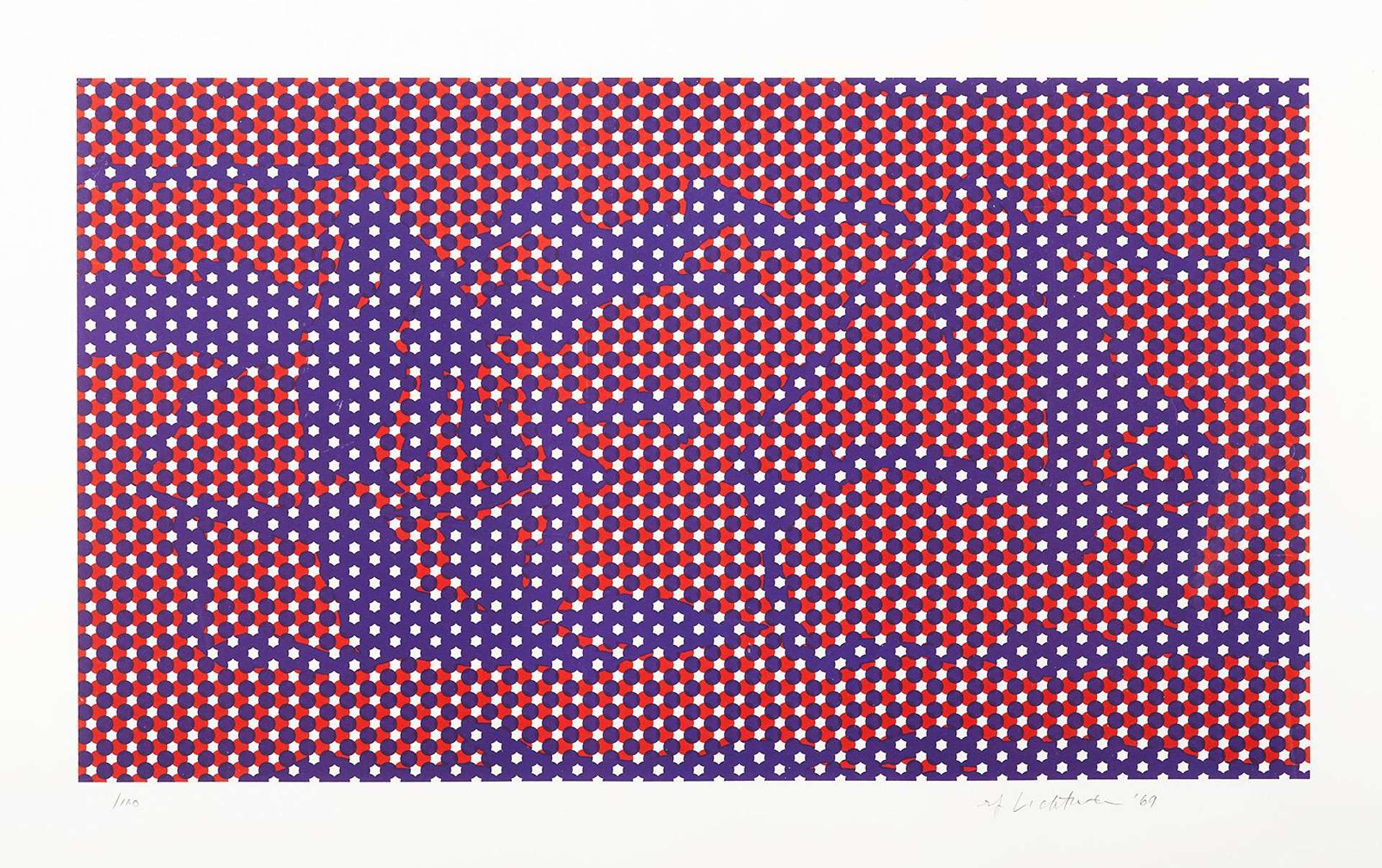
Haystack #4
Signed Print
Roy Lichtenstein
£9,500-£14,000
$18,000-$27,000 Value Indicator
$16,000-$24,000 Value Indicator
¥90,000-¥130,000 Value Indicator
€11,000-€16,000 Value Indicator
$90,000-$140,000 Value Indicator
¥1,820,000-¥2,690,000 Value Indicator
$12,000-$18,000 Value Indicator
AAGR (5 years) This estimate blends recent public auction records with our own private sale data and network demand.
There aren't enough data points on this work for a comprehensive result. Please speak to a specialist by making an enquiry.
Medium: Planographic print
Edition size: 100
Year: 1969
Size: H 34cm x W 60cm
Signed: Yes
Format: Signed Print
TradingFloor
MyPortfolio
Your collection tracked in real time.
Build your portfolio, manage valuations, view return against your collection and watch works you're looking for.
Track auction value trend
Auction Results
| Auction Date | Auction House | Artwork | Hammer Price | Return to Seller | Buyer Paid |
|---|---|---|---|---|---|
| February 2023 | John Moran Auctioneers, Inc. - United States | Haystack #4 - Signed Print | |||
| September 2021 | Christie's New York - United States | Haystack #4 - Signed Print | |||
| January 2020 | Forum Auctions London - United Kingdom | Haystack #4 - Signed Print | |||
| May 2019 | Bonhams Los Angeles - United States | Haystack #4 - Signed Print | |||
| June 2018 | Bonhams New Bond Street - United Kingdom | Haystack #4 - Signed Print | |||
| July 2017 | Christie's New York - United States | Haystack #4 - Signed Print | |||
| October 2014 | Bonhams San Francisco - United States | Haystack #4 - Signed Print |
Meaning & Analysis
Roy Lichtenstein’s 1969 Haystack series is a colourful interpretation of French impressionist Claude Monet’s Haystack paintings of 1891. The small loose brushstrokes characterising Monet’s paintings are in this series substituted by calculated Ben Day dots.
The exactness of these hand-painted dots differs greatly from the unfinished and spontaneous qualities of impressionist brushwork. Their static quality stands in stark contrast to Impressionism’s aim to evoke a feeling of movement. The resulting images present a post-war, comic book aesthetic, which is consistent with modernism’s emphasis on flat picture planes.
Similar to Haystack #3, Haystack #4 manipulates its colour scheme progressively, making its red and blue pattern appear dark purple when considered from a distance. Monet used light and colour to create dramatic alterations in the depictions of his haystacks. Lichtenstein on the other hand minimises light and relies entirely on colours, abstracting the image so much that it becomes obscured. Alluding to the passing of time, Haystack #4 applies dark pigments to portray the stack of harvest at nighttime.
The schematic forms and bright colours characterising the prints in this series seek to redefine the idolised status of their source material. The Haystacks highlight the role seriality has had in past creations, while also proving its significance for contemporary artistic exploration.
